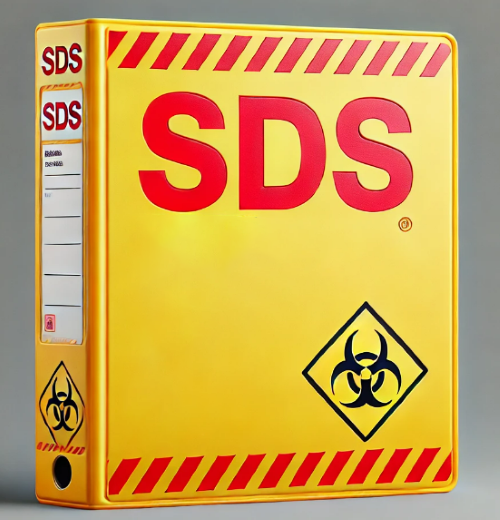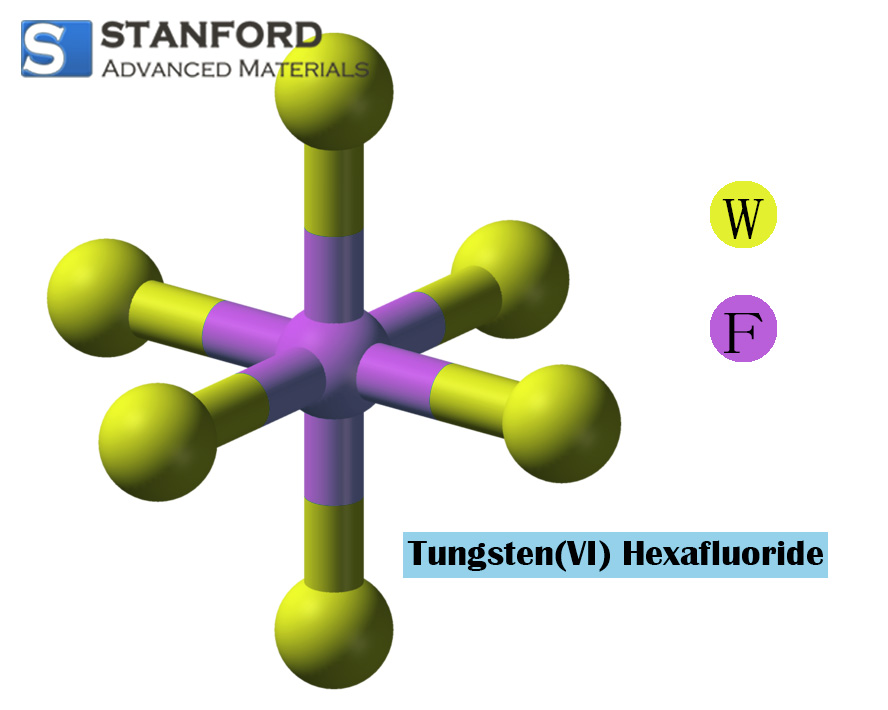MSDS Of Molybdenum Oxide
1. Product Identification
Product name : Molybdenum Oxide
CAS No. : 1313-27-5
Relevant identified uses of the substance or mixture, and uses advised against
Identified applications : Laboratory chemicals, Manufacture of substances
Manufacturer/Supplier:
Stanford Advanced Materials
23661 Birtcher Dr.
Lake Forest, CA 92630
Telephone: (949) 407-8904
Fax: (949) 812-6690
E-mail: sales@SAMaterials.com
2. Classification of the substance or mixture
Classification according to the Regulation (EC):
Eye irritation
Carcinogenicity
Specific target organ toxicity
3. Composition/Information on Constituents
Synonym: Molybdenum trioxide
Formula: MoO<SB>3</>
Molecular weight : 143.94 g/mol
CAS No. : 1313-27-5
4. First Aid Measures
General advice
Seek medical attention. Present this Safety Data Sheet to the attending physician.
Inhalation
If inhaled: relocate the individual to fresh air. If breathing ceases, perform artificial respiration. Consult a doctor.
Skin contact
Wash with soap and plenty of water. Seek medical advice.
Eye contact
Rinse eyes thoroughly with plenty of water for at least 15 minutes and consult a doctor.
Ingestion
Do not administer any substance by mouth to an unconscious person. Rinse mouth with water. Seek medical attention.
5. Firefighting Measures
Suitable extinguishing media:
Use spray water, alcohol-resistant foam, dry powder or carbon dioxide.
Specific hazards arising from the substance or mixture:
Molybdenum oxides
Firefighting instructions:
When combating a fire, wear an atmosphere-independent respiratory protective device, if necessary.
6. Accidental Release Measures
Personal precautions, protective equipment and emergency procedures:
Use personal protective equipment. Avoid dust formation. Avoid inhalation of fumes, mists or gas. Ensure sufficient ventilation. Evacuate persons to safe areas.
Environmental precautions:
Prevent further spillage or leakage if this can be done safely. Do not allow the product to enter the sewage system.
Methods and materials for containment and cleaning up:
Collect and dispose of without generating dust. Sweep and shovel up. Store in suitable, closed containers for disposal.
7. Handling and Storage
Protective measures for safe handling: Avoid contact with skin and eyes. Prevent the formation of dust and aerosols. In areas where dust is generated, ensure adequate extraction.
Conditions for safe storage, including any incompatibilities: Store in a cool place. Keep container tightly sealed in a dry, well-ventilated area.
8. Exposure Control/Personal Protective Equipment
Suitable technical protective measures:
Handle in accordance with good occupational hygiene and safety practice. Wash hands before breaks and at the end of the working day.
Personal protective equipment:
Eye/face protection: Protective glasses
Skin protection: Wear gloves
Hand hygiene: Wash and dry hands
Body protection: Impervious clothing
Respiratory protection
Limitation of environmental exposure: Prevent further leaks or spills if this can be done safely.
9. Physical and Chemical Properties
Appearance – Form: Powder
Colour: Light grey
Odour: Odourless
Odour threshold: No data available
pH value: No data available
Melting/Freezing point
Melting point/Range: 795 °C – lit.
10. Stability and Reactivity
Chemical stability: Stable under the recommended storage conditions.
Incompatible materials: Strong oxidising agents, strong acids
Hazardous decomposition products: Are formed under fire conditions – Molybdenum oxides
Other decomposition products: No data available
11. End of the Data Sheet
This Safety Data Sheet is provided solely for your information, consideration and investigation. Stanford Advanced Materials provides no warranties, either express or implied, and assumes no responsibility for the accuracy or completeness of the data contained herein.

 Bars
Bars
 Beads & Spheres
Beads & Spheres
 Bolts & Nuts
Bolts & Nuts
 Crucibles
Crucibles
 Discs
Discs
 Fibers & Fabrics
Fibers & Fabrics
 Films
Films
 Flake
Flake
 Foams
Foams
 Foil
Foil
 Granules
Granules
 Honeycombs
Honeycombs
 Ink
Ink
 Laminate
Laminate
 Lumps
Lumps
 Meshes
Meshes
 Metallised Film
Metallised Film
 Plate
Plate
 Powders
Powders
 Rod
Rod
 Sheets
Sheets
 Single Crystals
Single Crystals
 Sputtering Target
Sputtering Target
 Tubes
Tubes
 Washer
Washer
 Wires
Wires
 Converters & Calculators
Converters & Calculators
 Write for Us
Write for Us
 Chin Trento
Chin Trento


